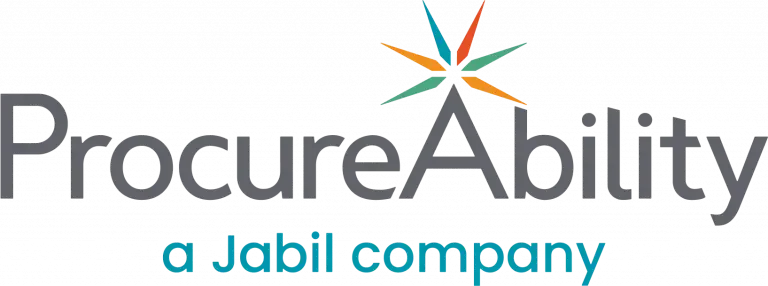For your procurement organization, historical spend data may be the basis for measuring results, but there are limits to the extent procurement can be benchmarked by historical spend. In this blog we’ll discuss some ways to supplement historical transactional data with data from other sources to provide a more complete picture of procurement performance.
Tracking Payout Incentives
If you are working with suppliers who have end-of-year volume or loyalty cash incentives, gaining visibility into the spend that generates the incentives can be a challenge.
For example: A procurement organization negotiates a loyalty discount with an OEM whose franchise locations are supplying goods for purchase. Though purchase activity goes through the franchise location’s point of sale and your procurement organization’s ERP, certain financial incentives and payouts are tracked elsewhere and may or may not be centrally tracked. In some cases, OEMs and big suppliers are even outsourcing the tracking of the activity that generates the payouts or discounts.
Even with visibility into the transactions generating the discount or payout, information is sometimes lost when communicating savings to the finance team. There may be no direct way to link financial incentives to purchase activity in real time, but at a higher level, these incentives should be reflected along your historical data, with average cost and last price paid information.
Tracking Supply Chain Challenges to Show Procurement Wins
In addition to the positive example of winning incentives, there are also positive ways to incorporate data from your supply chain.
For example: A procurement organization is trying to move to suppliers with more onshore manufacturing capability due to uncertainties in their supply chain and because the incumbent supplier intends share any increased logistics costs due to fees or tariffs. If logistics costs suddenly increase 15% for your supplier, your procurement organization’s performance can be assessed on the ability to rapidly adapt to new trade laws, to negotiate sharing the increased costs, and/or to reduce disruptions in the supply chain.
In the two scenarios above, the procurement organization’s performance and contribution may not be visible in the raw numbers shown to the finance organization or to the CPO. In the first scenario, the process of working toward a consolidated set of spend analytics across organizations will help procurement tell its success stories more effectively. In the second, being able to show the impact of the changing supply market through external data will help to contextualize your increases in spend. Where you can negotiate cost sharing with suppliers the burden of the increased costs of logistics, the procurement organization’s performance should be weighted alongside data about these market factors.
A procurement organization’s information capture should go beyond the data inside their ERP and their spend dashboards. The ability to capture additional data and present it alongside spend metrics is vital for showing successes that are being ignored or that happen during negative supply chain conditions.
Subscribe to ProcureAbility Insights to access whitepapers, presentations, plus our latest thought leadership.



